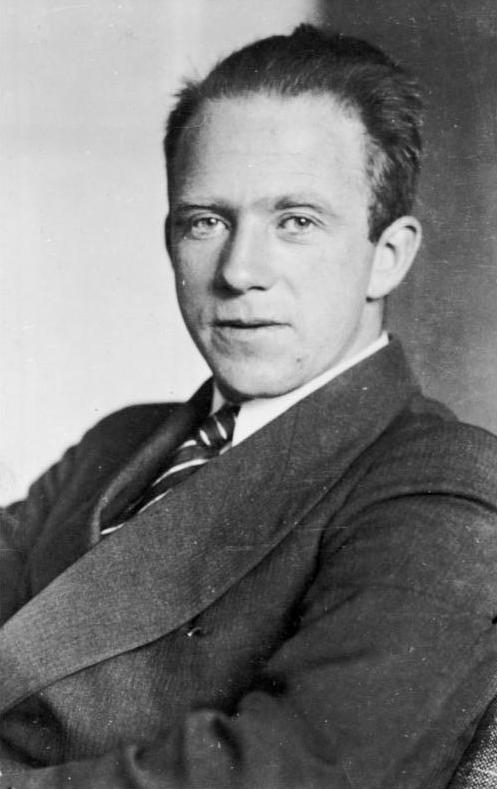Werner Heisenberg (1901-1976) was a German theoretical physicist and 1932 Nobel Prize winner.
Heisenberg was a main contributor to the German atomic program during World War II, in direct competition with the Manhattan Project. In 1941, he visited Niels Bohr in Copenhagen to discuss nuclear research. Nazi architect Albert Speer consulted Heisenberg about the possibility of turning the knowledge into a nuclear weapon. Heisenberg told Speer that a bomb could not be built before 1945, and would require significant monetary and manpower resources. By the end of 1942, it was apparent the German nuclear energy program would not end the war effort in the near term. Instead, German scientists focused their efforts on more pressing matters which would have an immediate impact on the war.
In 1943, the Manhattan Project established the Alsos Mission to investigate German progress in developing a nuclear weapon. The United States took numerous German nuclear scientists into custody throughout 1944 and 1945. Heisenberg and a number of other prominent German physicists were interned at Farm Hall in England immediately following the war.
Scientific Contributions
Heisenberg is best known for his uncertainty principle and theory of quantum mechanics, which he published at the age of twenty-three in 1925. He was awarded the Nobel Prize for Physics in 1932 for his subsequent research and application of this principle.
For more information on Heisenberg’s scientific achievements, visit the Nobel Prize website.





